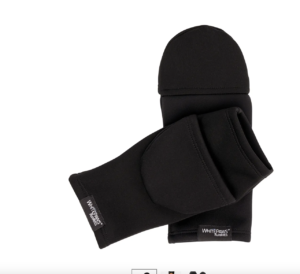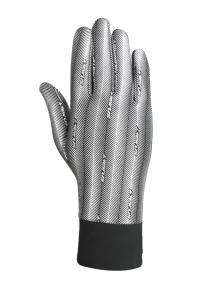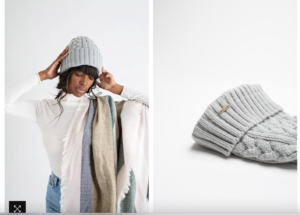Dark days and freezing temps make cold weather health tips seem harder to follow. You may think you’re doing everything you can to stay healthy and warm, but are some of your wellness habits based on old-fashioned myths? If so, you could be putting your health at risk instead of giving it a boost.
Don’t let these five common misconceptions about cold weather health trick you:
1. Cold temperatures make you sick. If I had a dime for every time an older adult in my family said this, I could buy my own island. Temperature isn’t to blame for you catching a cold or the flu. Yes, some research suggests the virus that causes the flu may survive better in cold dry weather, but that’s not why you get sick. Winter usually means spending more time inside in close quarters with others who may be sick, which makes it easier to spread germs that lead to the flu or a cold.
To keep the sneezes and sniffles at bay, strengthen your resistance to wintertime illness:
- Get the flu shot. The CDC recommends everyone 6 months of age and older should get the flu shot.
- Wash your hands. This helps kill germs and prevents infections.
- Eat healthy foods. Load up on fruits and vegetables rich in nutrients and vitamins like vitamin C, which is good for your immune system.
- Exercise. It can help boost your immune system so you can better fight off infections.
- Get the right amount of sleep. Adults ages 18 to 64 should get 7 to 9 hours of sleep each night. Pre-school and middle school-aged children need 9 to 10 hours each night, while your teens should get 10 hours.
2. You lose most of your body heat through your head. Do you grab a hat before heading out during winter months because you’ve been told most of your body heat escapes through you head? It’s not true. Heat loss depends on what body part is exposed. But you should wear a hat outdoors because prolonged exposure to cold temperatures could lead to frostbite or hypothermia. Make sure you keep your core body temperature above 95 degrees, by wearing:
- Several layers of loose-fitting clothing
- A hat (Try the satin-lined Warm Collection from Grace Eleyae)
- A scarf or mask that covers your face and mouth (If you want to wear a wool scarf, layer a silk scarf underneath to minimize the rubbing on your hairline that might cause damage.)
- Mittens or gloves (If you like an added layer of warmth try the Soundtouch Heatwave Glove Liner from Seirus)
- A water-resistant coat Our Amazon picks are perfect if you are allergic to down: For Her and For Him.
- Water resistant boots. Our Amazon picks.For Her and For Him.



3. Lack of sunlight causes seasonal affective disorder. Long, dreary winter months can spark feelings of sadness, known as seasonal affective disorder. But it’s not just because days are shorter and we don’t see as much sun. Wintertime can mean busy schedules, family drama and post-holiday bills, which all can trigger SAD. If you think you have SAD, talk to your doctor, who will evaluate you and provide treatment options. Consider some lifestyle and home remedies to help reduce stress and improve your mood:
-
- Let the sunshine in. Open your blinds to let as much natural sunlight as possible into your home.
- Exercise. When you work out, your body releases endorphins, which help fight stress and trigger positive feelings.
- Go outside. Take a walk or sit on a park bench. Even when it’s cold, being surrounded by nature has an almost immediate beneficial impact on stress. Just remember to bundle up!
- Practice mindfulness. Yoga and meditation may help you cope with SAD.
5. You don’t need sunscreen. During the dog days of summer, you likely have your sunscreen close at hand (or you should!), but you need it in the winter, too. UV rays don’t know anything about seasons changing, and they can damage your skin year-round. In fact, they may be even more harmful when the sun reflects off the snow and ice; snow reflects up to 80 percent of the sun’s UV light, so the rays could hit you twice. To reduce your risk of skin cancer in the cold:
-
-
- Apply a moisturizing sunscreen with an SPF of 15 or higher. Bonus: It might help relieve dry skin, too.
- Cover up with UV-blocking sunglasses, a hat and scarf when you go outside.
- Avoid peak sun hours between 10 a.m. and 4 p.m. when you can.
-
4. Take a hot bath after being freezing cold. Your first instinct after coming in from the cold is probably to get warm as fast as you can. But don’t jump into a scorching hot tub because it could cause your blood pressure to drop too quickly, which could make you feel faint or even lose consciousness. Instead, let your body warm up gradually. Slip your feet into your fuzzy socks, cuddle up by the fire and sip a some hot tea.
Armed with this cold weather health wisdom, hopefully you’ll stay warmer and healthier until it’s time to peel off the layers and enjoy spring!






